Cognitive and emotional cultures
I often get asked about the difference between cognitive and emotional cultures. Here is my take on it.Cognitive culture
Cognitive culture is sometimes defined as “Our mental and symbolic representations of reality" or in other words, our worldview. This is very much about “thinking”. Cognitive culture is the culture that is typically addressed upfront by organisations. This is the culture that is advertised to the external world – in particular clients – but also the culture that the business is aiming for, often called target or ideal culture. Typical elements that feed into the cognitive culture include:
Cognitive culture sets the tone for how employees think and behave at work. It often starts with an intellectual exercise. And it is the elements of culture that are usually the most visible in the business.
Emotional culture
Emotional culture can be defined as the culture centered around the shared affective values of an organisation — i.e feelings, moods, and attitudes. Emotional culture is made up of the emotions and feelings, including fears, that employees experience in the workplace, and of everything that leads to those emotions being expressed or repressed. Typical elements that feed into the cognitive culture include:
Put simply, cognitive culture is about thinking, emotional culture is about feeling.
What is the link between cognitive and emotional cultures?
One does not exist without the other. The emotional culture can reinforce the cognitive culture or play against it. A large gap between emotional and cognitive cultures tends to indicate that the culture is not being managed actively in the business, that leaders may not walk their talk. When this is the case, you find a lot of cynicism amongst employees, and the emotional culture undermines what the business is trying to achieve.
The two types of culture are created and reinforced through different mechanisms. Cognitive culture is created through strategic culture planning, role modelling by leaders, and a combination of systems and symbols. Emotional culture is less influenced by systems but a lot more by leadership and symbols.
What does this mean for your culture journey?
Working on culture means aligning your emotional culture with your cognitive culture. The smaller the gap, the healthier your culture.
You may be across your cognitive culture but may not know your emotional culture. One of the first steps of a culture journey is to discover your emotional culture. This is about diagnosing culture to understand why it is the way it is. What is the shared belief system that exists in the organisation and pushes people to behave in a certain way? What are the values that are truly lived? What are the fears, emotions and feelings that impact people?
Once you deeply understand your emotional culture, you can compare it with your cognitive culture and assess the extent of the gap. To reduce the gap, you will need to support your leaders in becoming role models of the behaviours you want to see displayed by employees. You will also need to realign your systems and processes with what you are trying to achieve. And you will need to support leaders and managers to have more courage to act in spite of some of the fears they may experience. Core qualities of responsible, principled and openness will provide employees with tools to face their emotions and feelings. Negative emotions and feelings will take time to shift. This can be done with a combination of 1:1 and group coaching, select use of specific symbols, and an active communication and engagement program.
Emotional culture is rarely managed as deliberately as cognitive culture — and often it’s not managed at all. Companies can suffer a lot as a result and should therefore make sure they tackle both types of culture.
Have you encountered organisations that are fearful or unaware of their feelings and emotions? Do tell.
Read more culture insights here.
For further insights view our selection of case studies, ebooks, reports and white papers or contact us to learn how we can transform your culture.

Head Office / Europe:
+31 (0) 20 240 2233
North America:
+1 (0) 212 417 0221
UK: +44 (0) 207 100 6999
Asia Pacific: +61 (2) 8310 5285
Brazil & Latin America: +55 (11) 932 500 683
(WhatsApp available)